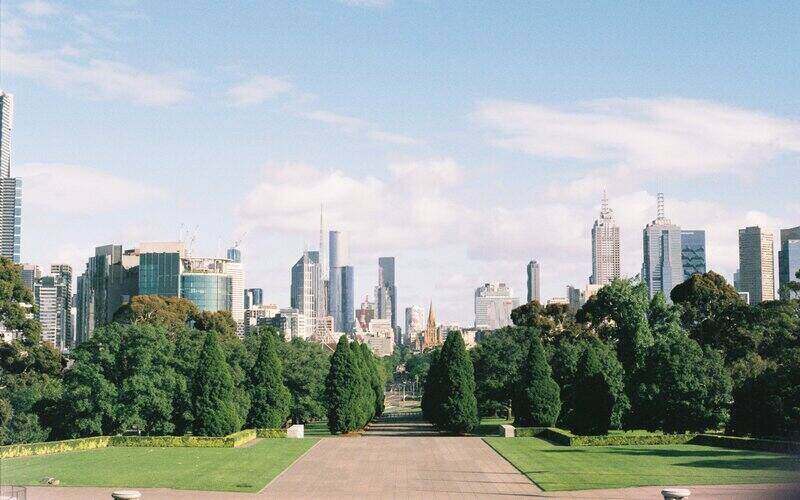
On the other hand, Perth and Brisbane are forecast to experience soaring property values next year.
House prices in the Western Australian capital have been tipped to rise as much as 9%.
“Another year of anticipated strong population expansion – albeit slower than 2023 – plus an ongoing shortage of new dwellings will limit the fall in housing prices to single percentage digits,” SQM Research managing director Louis Christopher said.
“The price falls should just be limited to mainly Sydney, Melbourne, Canberra and Hobart.”
The downwards trajectory in the cities is expected to come as a result of interest rate hikes, which could continue into 2024.
Under the research house’s base case scenario, the Reserve Bank of Australia’s (RBA) cash rate will stay between 4.1% and 5% for the duration of next year, while population growth slows to 460,000 or less and unemployment rises to between 4.5% and 5.5%.
The RBA board hiked the cash rate for the thirteenth time this cycle earlier this month, bolstering it 25 basis points to 4.35%.
SQM Research's base case forecast could see changes in average national dwelling prices ranging from a fall of 1% to a lift of 3%.
Brisbane and Perth are predicted to buck the trend, largely thanks to expected tailwinds from China's growing demand for commodities.
“Perth and Brisbane are still very likely to record price rises based on super tight rental conditions, a better-than-expected global commodities market, and minimal exposure to the financial services sector – where we believe there may be significant job losses,” Mr Christopher said.
Nearly all of the iron ore produced in Australia comes from Western Australia while Queensland houses two thirds of the nation’s coal mining.
But not all hope is lost.
If immigration and employment growth surprises on the upside, it could help ease the pain felt by property markets in Sydney and Melbourne, according to the research house.
SQM notes that if population growth surpasses 500,000 next year, Melbourne house prices could remain flat or lift 3% and those in Sydney could fall 1% or rise 3%.
The predictions follow recent data from CoreLogic, finding property values rose in more than 80% of Australian markets in the three months to October.
Perth was the strongest market in that time while Darwin and Hobart remained flat or fell.
CoreLogic head of research Eliza Owen said it was pertinent to remember Australia is full of tiny different markets.
“It’s often noted that Australia is not ‘one housing market’ and we’re currently seeing increased diversity in capital city market performance," Ms Owen said.
“At one end of the spectrum, suburb-level analysis reflects the extraordinary growth trend across cities like Adelaide, Perth, and Brisbane.
“In these cities, total listings levels are low, city-wide capital growth is running a bit over 1% per month, and migration trends from both overseas and interstate favour more housing demand."
The median house price in Australian capital cities lifted 0.9% in October to a near-record high of $821,419.
Median house prices in Melbourne lifted 2.4% over the 12 months to October.
Meanwhile, those in Sydney soared 9%.
Image by Jeremy Gunawan on Unsplash.
Collections: Mortgage News Property Investment Property News

 Fact checked
Fact checked

Share